
Art is the ultimate defiance of violence. To respond by being creative when faced with violence is to refuse to meet violence on its own terms.
Violence occurs only when creative thinking is exhausted. Creativity, on the other hand, denies violence its power, dismantles its preconceptions, and defeats its aims.
Visiting the West Bank I was struck by the abundance of creativity. Graffiti on the separation wall is purposeful and often beautiful, a stark contrast to the mindless scrawls that adorn railway bridges across the UK.
A house in the Jerusalem suburb of Anata demolished four times by Israeli bulldozers has each time been rebuilt, colourfully repainted and its restful garden lovingly restored. The family who own the house can no longer face the emotional trauma of living there (a fifth demolition order has been placed on the house), so it has been instated as a peace centre, and serves as a hub of peace education for Palestinians and people visiting Palestine.
At a farm where they cannot get a permit to build on their own land, they build under the land instead, constructing living quarters, workshop rooms, and offices in underground caves.

One creative symbol in particular has become the life blood of Palestinians. The Handala - a cartoon Palestinian refugee child - is seen all around Palestine, etched on university lockers, painted on the walls of homes in refugee camps. The Handala has come to represent the plight of the 7 million Palestinian refugees around the world, their search for justice, and their longing to return home.

Handala's original creator, Palestinian cartoonist, Naji Al-Ali, wrote:
"The child Handala is my signature, everyone asks me about him wherever I go. I gave birth to this child in the Gulf and I presented him to the people. His name is Handala and he has promised the people that he will remain true to himself. I drew him as a child who is not beautiful; his hair is like the hair of a hedgehog who uses his thorns as a weapon. Handala is not a fat, happy, relaxed, or pampered child. He is barefooted like the refugee camp children, and he is an icon that protects me from making mistakes. Even though he is rough, he smells of amber. His hands are clasped behind his back as a sign of rejection at a time when solutions are presented to us the American way.In 1987 Naji Al-Ali was assassinated in London, outside the office of the Kuwaiti newspaper for which he drew political cartoons. He was 50 years old.
"Handala was born ten years old, and he will always be ten years old. At that age, I left my homeland, and when he returns, Handala will still be ten, and then he will start growing up. The laws of nature do not apply to him. He is unique. Things will become normal again when the homeland returns.
"I presented him to the poor and named him Handala as a symbol of bitterness. At first, he was a Palestinian child, but his consciousness developed to have a national and then a global and human horizon. He is a simple yet tough child, and this is why people adopted him and felt that he represents their consciousness."



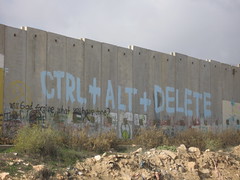
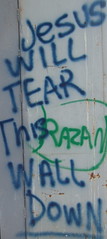
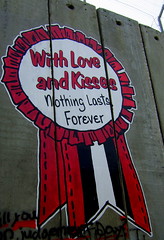
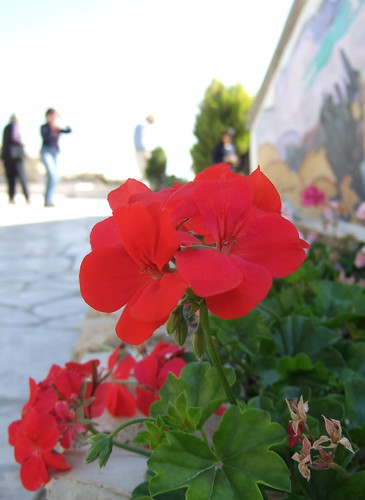
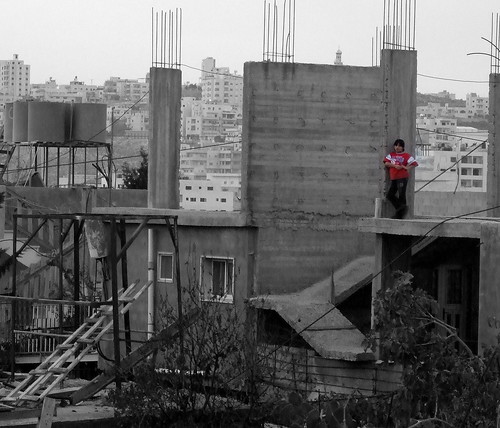
No comments:
Post a Comment